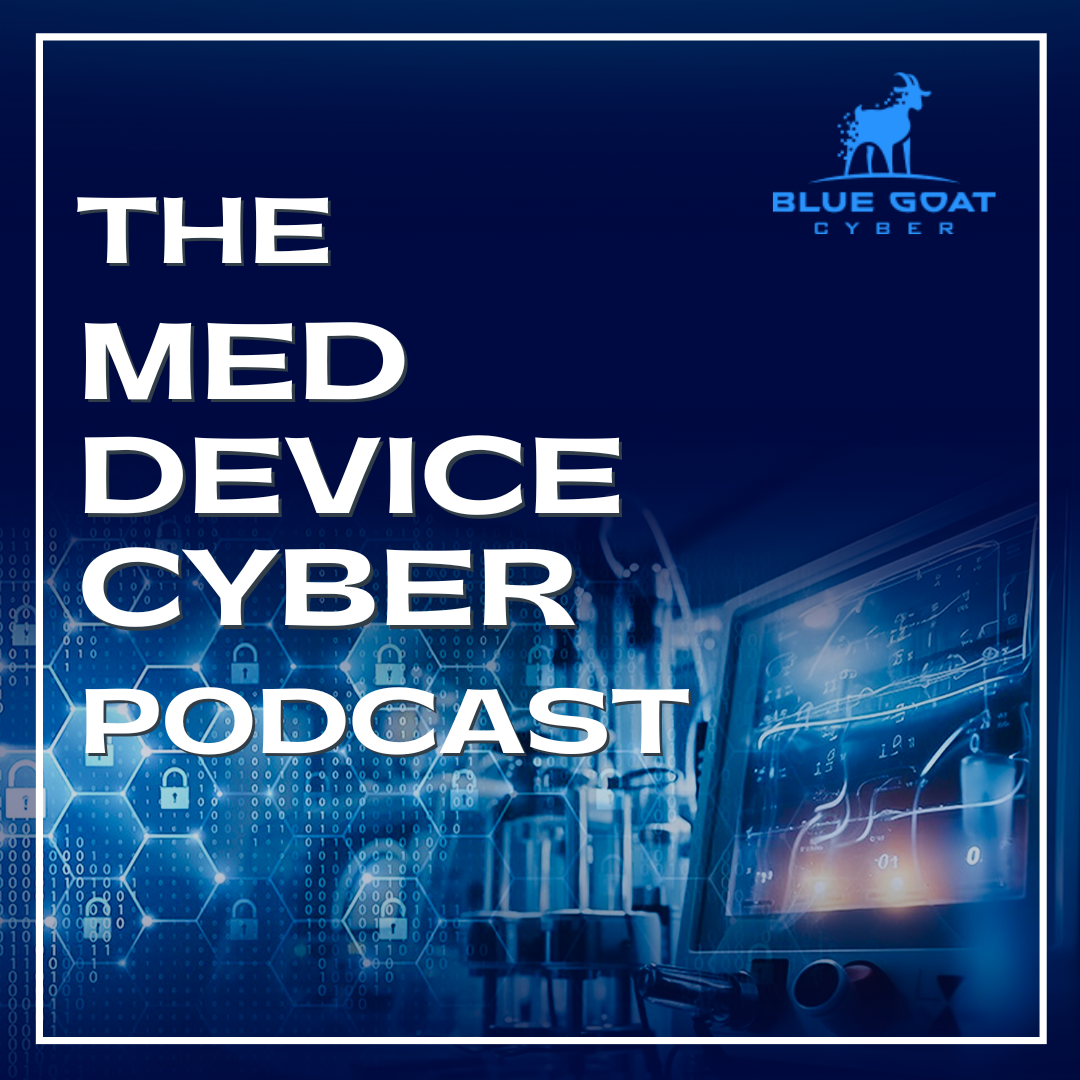Medical devices are advancing rapidly that incorporate advanced connectivity and software-driven functions that improve patient outcomes. However, this technology advancement also presents new vulnerabilities that make medical device cybersecurity the number one priority for makers. The FDA enforces strict cybersecurity standards that require manufacturers of medical devices to ensure that their products are compliant with security standards before and after approval.
In recent years, cyber-attacks that target healthcare infrastructure have increased, posing significant risks to patient security. Any device that is equipped with any digital component like an implanted pacemaker linked to a network, an insulin pump or a hospital infusion is prone to cyberattacks. FDA cybersecurity has become an essential requirement for product development and approval.

Image credit: bluegoatcyber.com
Understanding FDA Cybersecurity Regulations For Medical Devices
The FDA updated its cybersecurity guidelines due to the growing risks that come with medical technology. These guidelines are designed to ensure that manufacturers are taking action to address cybersecurity concerns throughout the product lifecycle, starting from pre-market submission through to post-market maintenance.
The FDA Cybersecurity Compliance Key Requirements include:
Threat Modeling & Risk Assessments – the identification of security threats and vulnerabilities that could compromise the device’s capabilities or safety.
Medical Device Penetration Testing – Conducting security tests that mimic real-world attacks to expose weaknesses prior to submitting the device to the FDA.
Software Bill of Materials – A full inventory of the software components that can be used to detect weaknesses and minimize the risk.
Security Patch Management (SPM) – A structured approach for updating software and addressing vulnerabilities over time.
Postmarket Cybersecurity measures – Establishing monitoring and incident response strategies to ensure continuous protection against threats that are emerging.
In its updated guidelines In its new guidance, the FDA emphasizes that cybersecurity should be integrated into every step of the process of creating medical devices. Manufacturers are at risk of FDA delays, recalls of products, and even legal risk if they do not meet the requirements.
FDA Compliance: The role of penetration testing for medical devices
Persistent tests for medical devices are among the primary aspects of MedTech cybersecurity. Contrary to traditional security audits and assessments penetration testing mimics the strategies employed by hackers to find vulnerabilities.
Why testing the penetration of medical devices is essential
Prevents Costly Cybersecurity Failures – Identifying weaknesses prior to FDA submission lowers the chance of security-related recalls, redesigns and even recalls.
Meets FDA Cybersecurity Standards – FDA cybersecurity for medical devices needs extensive security testing and penetration testing assures conformance.
Secures the safety of patients – Cyberattacks on medical devices can cause malfunctions that threaten the health of patients. Regular testing helps to avoid such risk.
Increases confidence in the market Hospitals and healthcare facilities tend to buy products with security features that have been proven. This could improve the reputation of a business.
Conducting regular penetration tests even after FDA approval is crucial because cyber-attacks continue to evolve. Security assessments are conducted on a regular basis to ensure that medical devices remain safe from new and emerging threats.
Cybersecurity in MedTech Cybersecurity in MedTech: Challenges and Solutions
Even though cybersecurity is a lawful requirement, the majority of medical device manufacturers have a hard time implementing effective security measures. Here are the biggest challenges and solutions to them.
Compliance Complexity: Navigating FDA cybersecurity regulations can be daunting, especially for manufacturers new to the regulatory procedure. Solution: Working with cybersecurity experts that are experts in FDA compliance can simplify premarket submissions.
Hackers continue to find new ways to exploit vulnerabilities in medical devices. Solutions: A proactive strategy that includes real-time monitoring of threats, and ongoing penetration tests, is vital to staying ahead of cybercriminals.
Legacy System Security Many medical devices still run with outdated software. This increases the risk of attacks. Solution: Implementing a secure update framework as well as ensuring backward compatibility with security patches can reduce the risk.
The absence of Cybersecurity experts : MedTech firms often lack the knowledge required to tackle security concerns efficiently. Solution: Partner with security firms from outside who are familiar with FDA security for medical devices for better compliance and security.
Postmarket Cybersecurity Security Postmarket: Why FDA Compliance Doesn’t End After Approval
Many manufacturers believe that FDA approval marks the end of their cybersecurity duties. The risk of cyber security increases when the device is put into use in the real world. Cybersecurity is just as crucial after-market use as it was before.
Important elements of a successful postmarket strategy for cybersecurity include:
Ongoing Vulnerability Monitoring – Keeping track of new threats and addressing them prior to when they become a risk.
Security Patching and Software Updates – Deploying regularly scheduled updates to fix vulnerabilities in software and firmware.
Incident Response Plan: A clear plan for addressing and reducing security breaches swiftly.
Training and education for users helping healthcare professionals as well as patients and other stakeholders to understand the best practices in secure device use.
An ongoing strategy to secure cybersecurity will ensure medical devices are compliant functioning, safe, and reliable throughout their life-cycle.
Last Thoughts: Cybersecurity is a Critical Factor in MedTech Prosperity
As the number of cyber-attacks on the healthcare sector grow the need for medical device cybersecurity no longer a choice but a regulatory and ethical necessity. FDA cybersecurity demands manufacturers of medical devices to put a high priority on security in all phases of the design, deployment and beyond.
By incorporating medical device penetration testing, proactive threat management, and postmarket security measures, manufacturers can protect patient safety, ensure FDA compliance, and maintain their reputation in the MedTech industry.
Medical device makers with a well-planned cybersecurity strategy are able to minimize risks and prevent delays while bringing life-saving products to the market.
